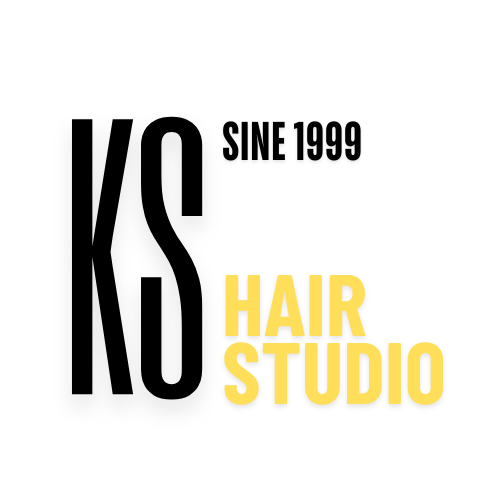Hairstyles have been a reflection of cultural identity and social status across different societies for centuries. Each traditional hairstyle tells a story of heritage, values, and beauty standards. From intricate braids to elegant updos, these styles offer a glimpse into the richness and diversity of cultures around the globe. This article delves into traditional hairstyles from different parts of the world, explaining their significance and how they’ve influenced modern fashion trends.
Throughout history, hair has been an essential element of cultural expression. Traditional hairstyles can denote social standing, age, marital status, and even spiritual beliefs. For many indigenous and ethnic groups, hairstyles have held symbolic meanings, often passed down through generations. Understanding these global hair traditions helps preserve cultural heritage while also showcasing the unique ways people express themselves through beauty.
African Hairstyles Rooted in Tradition
African hairstyles, particularly braids and cornrows, are rich with cultural significance. These hairstyles have been worn for centuries and often reflect tribal affiliation, age, marital status, and social ranking. Cornrows, known for their intricate patterns, were historically used to identify warriors in some African cultures. In recent years, braids have transcended their traditional roots to become a global fashion statement, seen on runways and red carpets alike.
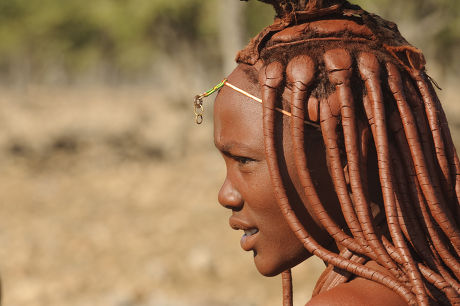
Cornrows, for example, aren’t just aesthetically pleasing; they were historically functional, allowing African people to work under the sun while keeping their hair neat and manageable. Modern celebrities like Alicia Keys and Zendaya often sport braided styles, further elevating this ancient tradition into contemporary culture.
Tribal hairstyles are not just an expression of beauty; they are a form of storytelling. Among the Himba people of Namibia, women wear elaborate braids covered in ochre, which symbolize fertility and beauty. These hairstyles also change with life stages—young girls wear one style, while married women adopt another. In Nigeria, the Yoruba tribe’s “Suku” hairstyle involves upward braiding, with the design carrying meanings of social status and spiritual protection.
In some African communities, hair is symbolic of power and pride. The Fulani people are known for their unique Fulani braids, adorned with beads and cowrie shells, symbolizing wealth and status. Even today, such adornments are seen as a representation of one’s heritage and strength.
Asian Hair Traditions Through the Ages
Geisha in Japan are known for their elaborate hairstyles, which are intricate works of art that require professional expertise. These styles often incorporate accessories like kanzashi (ornamental hairpins) and are worn to reflect the grace and femininity of the Geisha. In ancient Japan, Geishas wore a traditional style called Shimada, where the hair was piled high into a bun, and decorated with elaborate pins and combs. Each stage in a Geisha’s life can be represented by a particular hairstyle, showcasing her status and maturity.
In ancient China, hairstyles often symbolized the wearer’s age and marital status. Unmarried women would leave their hair loose, while married women wore it in a bun or topknot, decorated with beautiful accessories like jade hairpins. During the Tang Dynasty, ornate hairdos like the Gao Li Tou (high chignon) were popular among noblewomen, symbolizing wealth and stature. This elaborate hairstyle, with layers of twists and loops, became synonymous with elegance and power in Chinese culture.

Indian weddings are known for their extravagance, and the bride’s hairstyle is no exception. Traditional Indian bridal hairstyles often feature long braids, intricately adorned with flowers, beads, and gold accessories. The gajra (flower garland) plays a key role in enhancing the beauty of the bride’s braid, symbolizing purity and prosperity. Popular in South India, brides often sport a thick plait adorned with jasmine flowers and jewels to create a royal and goddess-like appearance.
Traditional Hairstyles in European History
In ancient Greece, hairstyles were not just about beauty but were also linked to class and gender roles. Women typically wore their hair long and adorned it with golden pins or wreaths. A popular hairstyle was the Korymbos, where the hair was tied into a knot at the top of the head. Men, on the other hand, often wore their hair short, signaling masculinity and a military lifestyle. Greek women’s hairstyles were also associated with Aphrodite, the goddess of beauty, symbolizing femininity and elegance.
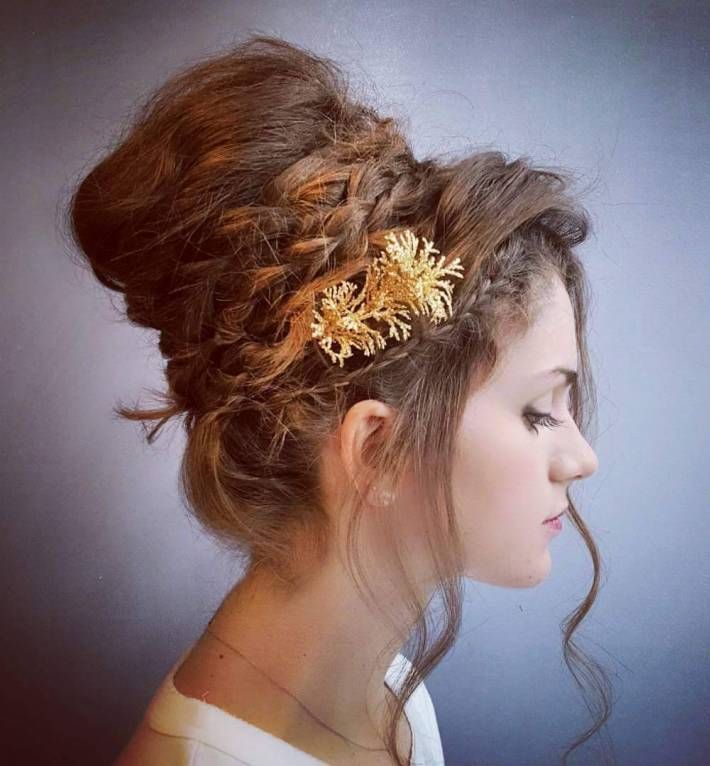
Vikings were known for their fierce appearance, which extended to their hairstyles. Both men and women in Viking culture wore their hair long, often braided or adorned with beads. Viking braids were practical for battle, as they kept the hair out of the face while exuding a sense of power and control. Modern-day Viking festivals and reenactments often feature these traditional braided styles, highlighting their timeless appeal.
In the Victorian era, women’s hairstyles reflected their social status and morality. Hair was often worn up in elaborate buns or plaits, adorned with feathers or jewels for special occasions. Loose hair was considered inappropriate for respectable women, while intricate updos were a symbol of wealth and sophistication. Queen Victoria herself often set the trend, with her center-parted, tightly pulled-back hair being emulated by women throughout Europe.
Indigenous Hairstyles in the Americas
For Native American communities, hair is deeply spiritual. Long hair, particularly for men, symbolizes a connection to nature and the spiritual world. Different tribes had unique styles—the Hopi women wore their hair in elaborate buns, while the Mohawk warriors styled their hair into the now-famous Mohawk cut. Hair cutting was often a sign of mourning, reflecting the deep cultural importance of hair as a representation of life force and identity.
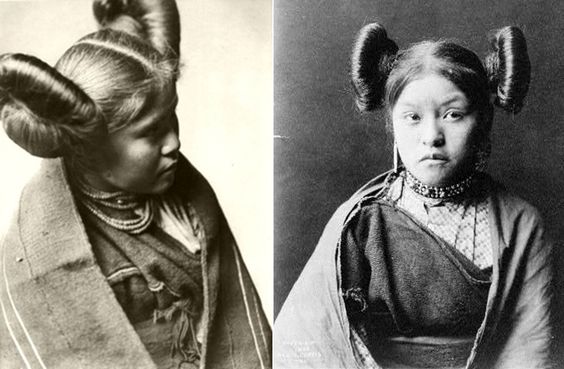
Indigenous tribes in South America, such as the Yanomami and Quechua, have their own distinct hair traditions. The Yanomami men traditionally wear their hair long and straight, symbolizing their connection to their ancestors and the environment. The women of the Quechua tribe often wear braids, which are symbolic of their community ties and their dedication to the land.
Modern Interpretations of Traditional Hairstyles
Many traditional hairstyles have found their way into mainstream fashion, with modern adaptations reflecting a global appreciation for cultural heritage. Celebrities like Solange Knowles and Rihanna have embraced traditional African styles, while designers have incorporated traditional Asian hair accessories like kanzashi into runway looks. These modern interpretations not only honor the past but also showcase the beauty of cultural diversity.
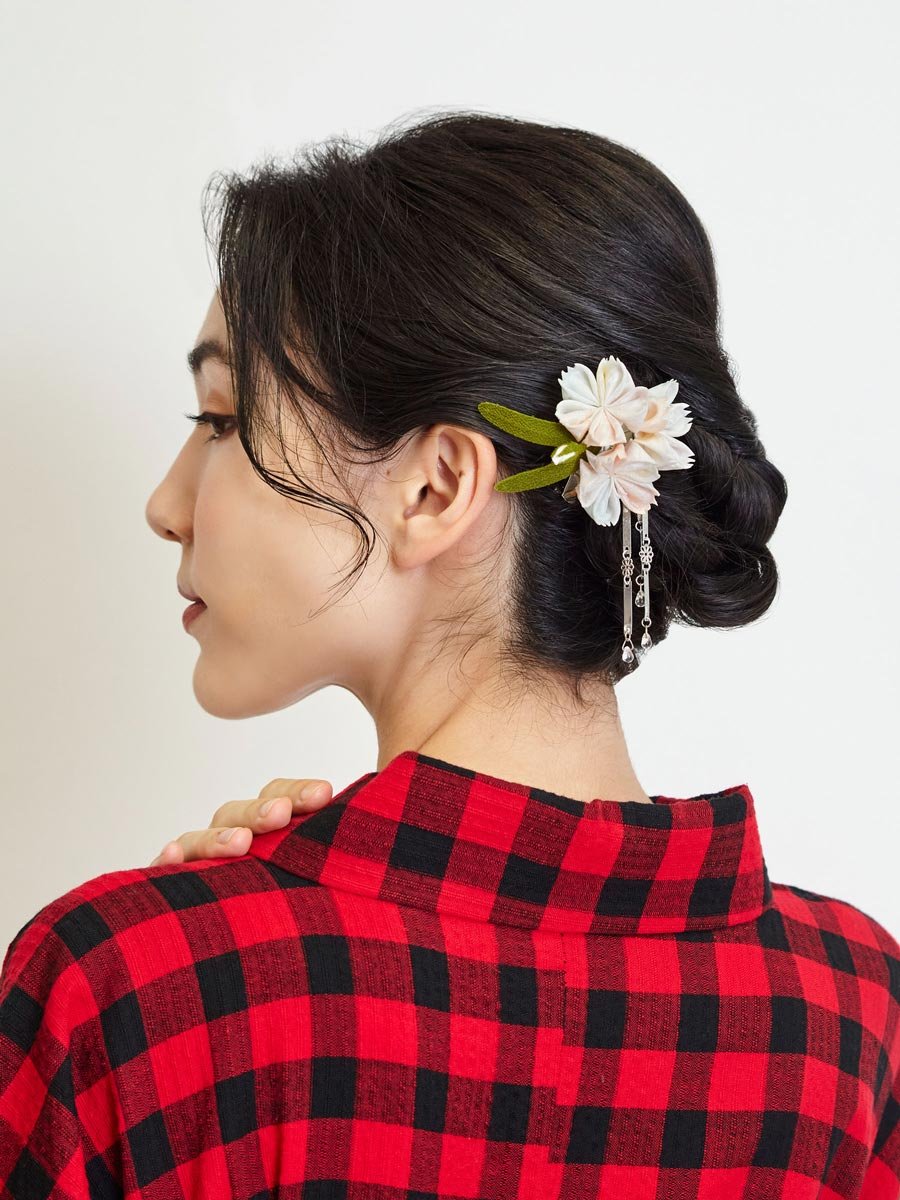
For those looking to bring traditional styles into their everyday lives, there are many ways to adapt these global hairdos for modern wear. For example, African braids can be simplified into chic box braids, or a Japanese Geisha-inspired bun can be styled with minimalist accessories for a sleek, modern look.
Traditional hairstyles from around the world offer a unique insight into cultural identities and heritage. As these styles inspire modern fashion and hairstyling, they continue to be a testament to the diversity and beauty that exists across different cultures. Whether you’re looking to understand the history behind these styles or try them yourself, traditional hairstyles serve as a bridge between the past and the present, honoring the artistry and significance of cultural beauty practices.
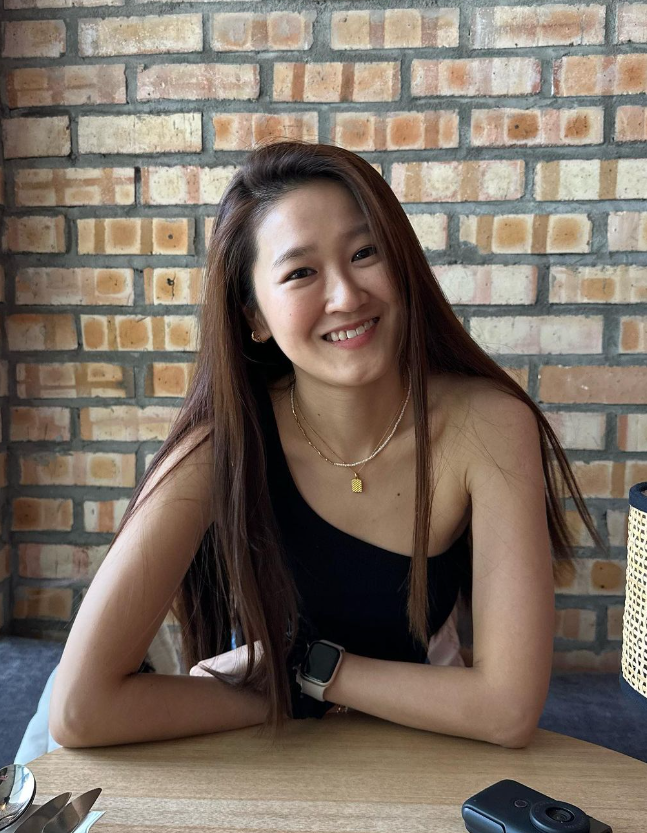
My name is Nichelle, a beauty blogger with a passion for sharing knowledge and experience in beauty, especially hair care. I am currently collaborating with KS Hair Studio to bring you truly high-quality content such as sharing knowledge, product reviews, and my own hair care journey. Follow Nichellex and KS Hair Studio to discover hair care secrets together!
